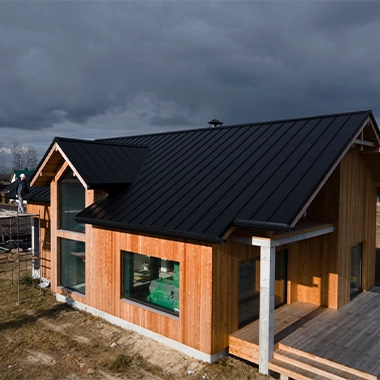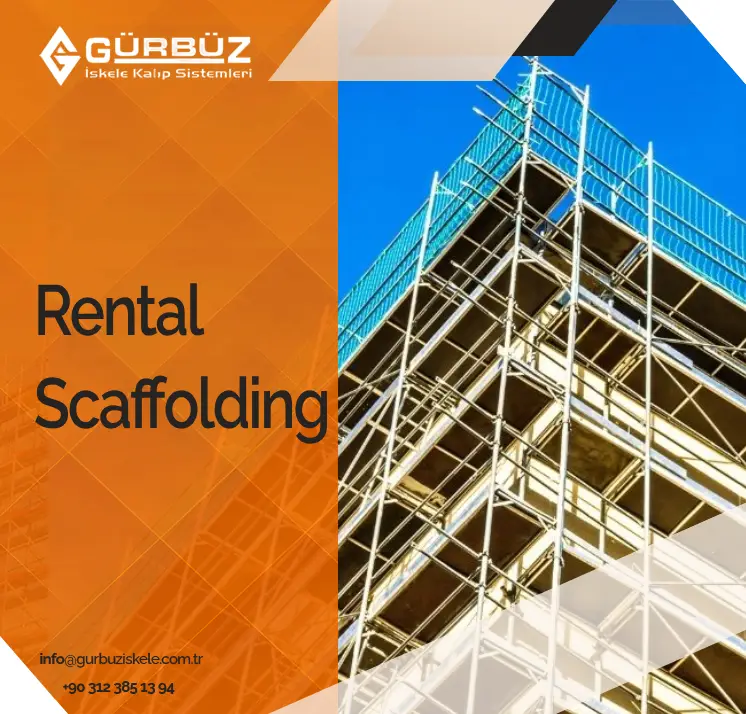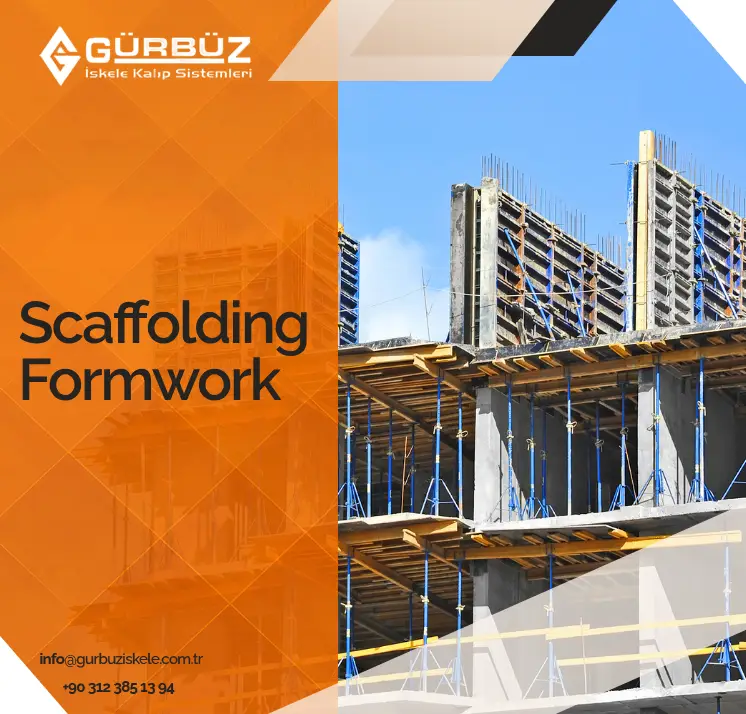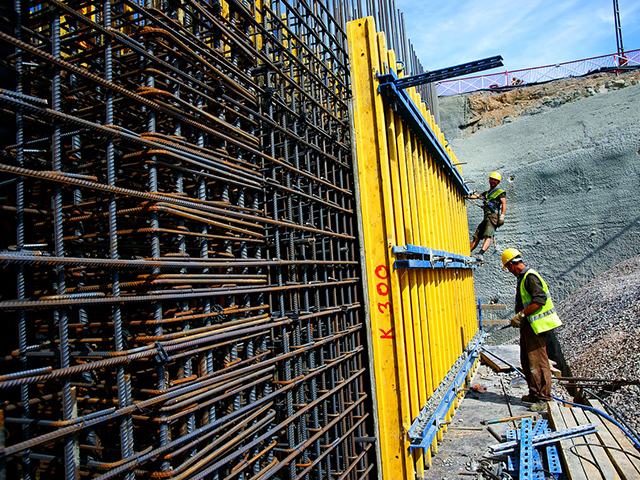Precast facade is an exterior cladding system widely used in modern architecture. It combines aesthetics and functionality while offering a lightweight structure that helps reduce the overall load on the building. With various texture and pattern options, it enhances the visual appeal of architectural designs. Common application areas include large-scale residential complexes, public institutions, and commercial buildings. Its ease of installation and high durability make it a preferred choice in many projects.
Precast facade systems are particularly notable for their thermal and acoustic insulation capabilities. This feature not only improves the energy efficiency of buildings but also provides robust protection against external environmental conditions. Designed with high safety standards, these systems are resistant to fire and ensure long-lasting performance. As a result, they reduce maintenance costs significantly. Thanks to their eco-friendly material composition, they are also included among sustainable architectural solutions.
Precast Facade Cladding
Precast facade cladding is one of the indispensable applications of modern architecture. Besides providing an aesthetic appearance, it stands out with its technical advantages. These systems are pre-produced in factories using mold systems. They are then transported to the construction site and assembled. These systems reduce project implementation time while increasing quality. By protecting the exterior surfaces of buildings, they also enrich architectural design.
Precast systems are frequently preferred in concrete exterior cladding and are produced from high-strength materials. To make the system more resistant to cracking and breaking, alkali-resistant glass fiber is used in its composition. Having a glass fiber reinforced concrete structure, it creates a surface that is both lightweight and durable. One of the most common examples of this technology is precast GRC, which is widely used on the exteriors of modern buildings.
White cement and silica sand in white tones are used in the production of cladding elements. This not only provides aesthetic variety but also increases surface resistance to UV rays. The panels are supported with a steel carcass system. Thus, excellent compatibility is achieved with the structural system in high-rise buildings. In wall panel systems, designs specific to the architecture of the building are made, and the risk of workmanship errors in the façade cladding process is minimized.

More than just a cladding solution, precast facade cladding stands out as a building material that offers advantages in terms of sustainability. Thanks to the application of precast technology to concrete, it is possible to obtain longer-lasting and more resistant solutions against environmental factors. This system has a structure that is resistant to all weather conditions, making it ideal for both new buildings and renovation projects.
Advantages of Precast Facade
Precast facade applications are developed with GRC facade systems and are preferred in many architectural projects today. These solutions, offering aesthetics, durability, and functionality together, have started to replace traditional methods. The fact that the system has a reinforced concrete structure also offers high performance for exteriors.
The prominent advantages of precast facade cladding systems are:
- Thanks to the glass fiber it contains, it reduces the weight of the concrete and provides high impact resistance.
- Glass fiber reinforced concrete systems are used in advanced exterior claddings and offer long-lasting solutions against cracking and wear.
- Surfaces are prepared with white cement and special mixtures, and can be custom-designed for each project with different options.
- The materials used in its composition are recyclable, offering environmentally friendly solutions.
- As a pre-produced system, it can be transported to the site and quickly assembled, saving time and labor.
- Alkali-resistant glass fiber increases fire resistance and keeps moisture and mold formation at a minimum.
- Panels are supported with a steel carcass system, helping to integrate with the building’s main structural system and contributing to overall integrity.
- Precast systems, resistant to weather conditions, can be used for many years without the need for maintenance.
Thanks to all these advantages, precast GRC applications are among the indispensable components of modern urban architecture. This system stands out as a building material of choice, especially in newly constructed buildings and renovation projects.
For detailed information about precast facade and cladding systems, you can contact Gürbüz İskele.





